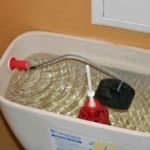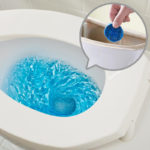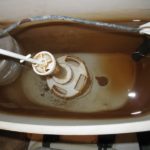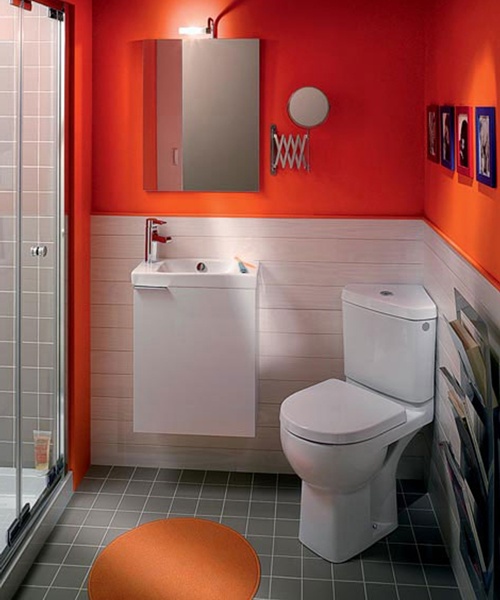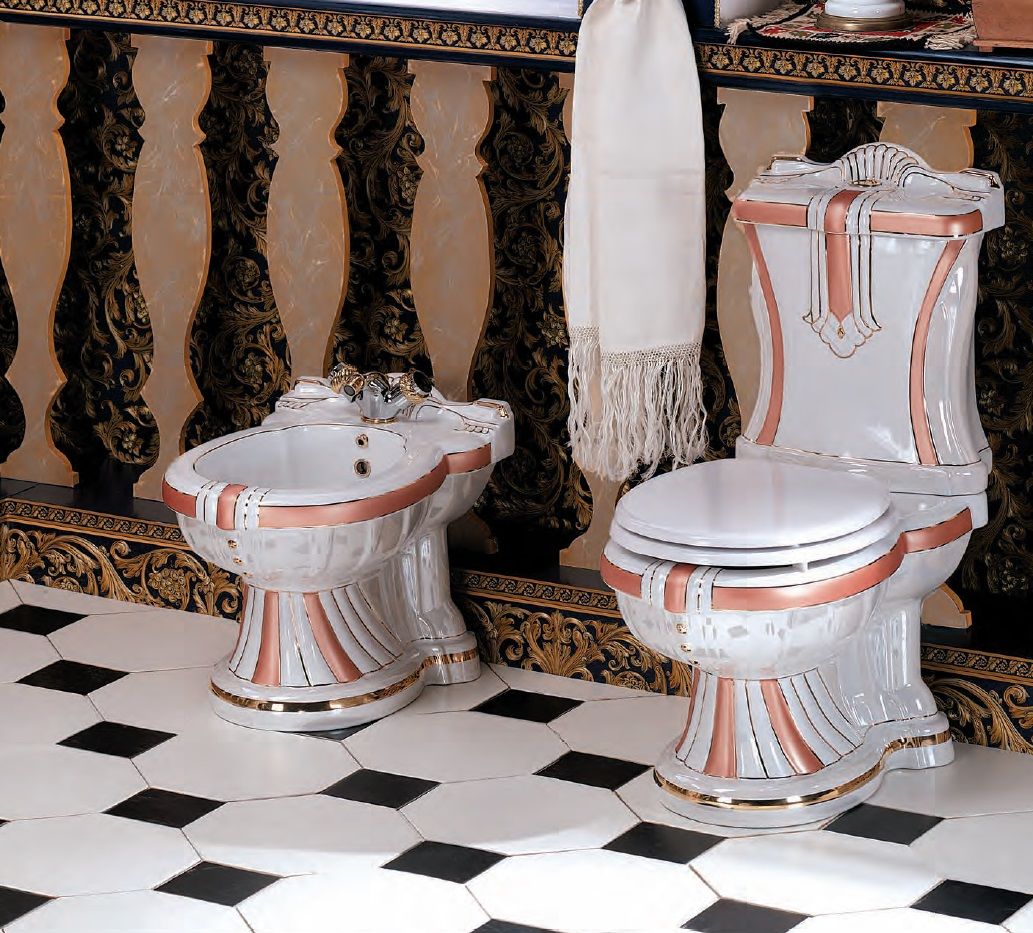Why does water slowly fill into the toilet tank?
It is difficult to imagine modern housing without such a comfortable plumbing device as a toilet. An important element of this design is the tank. Read about its functioning and the problems that arise when collecting water in our material.
The content of the article
Design and principle of operation of the cistern
Technically, the product is a container with 2 (or 3) openings for supplying and draining liquid, contains two mechanisms:
- inlet valve;
- shut-off valves.
The water supply and drainage components are connected to each other by a float, which is involved in the process of emptying and subsequent filling of the tank.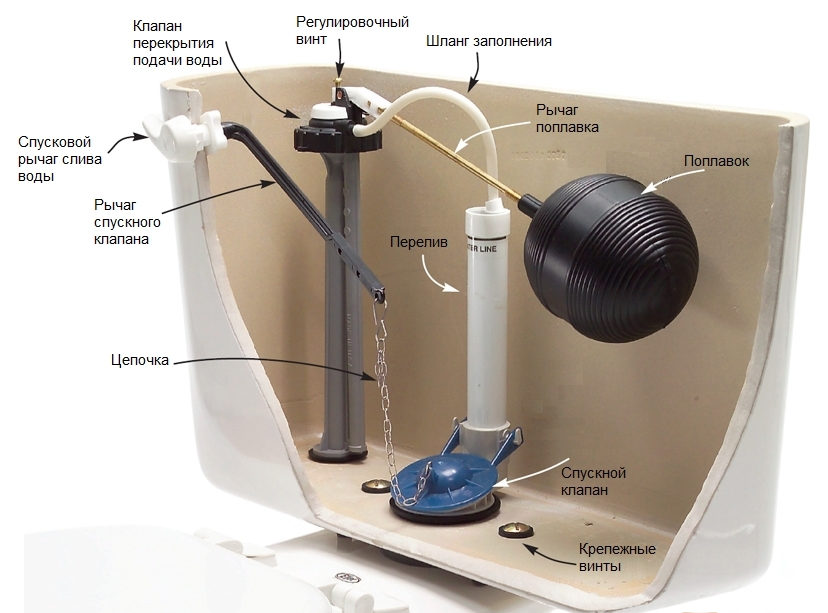
Reference! Despite the variety of models sold and their design differences, the operating principle of plumbing fixtures does not change.
The equipment operates according to the following scheme:
- while the water level in the tank decreases, the buoy is simultaneously lowered (air holds it at the top);
- Having reached the lower limit, it opens the water valve and begins to rise until the tank is filled, then stops further flow of liquid.
Filling occurs through a flexible hose. The process can be carried out through a hole located:
- on the side (on the left or right side) - the float element is fixed at the end of a horizontal lever connected to a ball valve;
- below - the displacer is docked with a vertical rod built into the liner.
The drain circuit performs two tasks:
- prevents accidental flushing into the toilet (closes the outlet until the button is pressed);
- protects the tank from overflowing (using an overflow tube), regulates the pressure when draining.
The system can be made in the form of a lever or a pneumatic chamber - their activation leads to the emptying of the tank.
Models with one or two keys are common and popular. The single version is designed to discharge all the liquid; double versions discharge it either entirely or in half. Some products have a built-in combination button that combines both options (the amount of water used depends on the depth of pressing). This allows for significant savings on water resources used.
Why does water slowly fill into the tank?
The problem may be due to malfunctions:
- displacement or incorrect installation of the float;
- clogged supply flexible hose;
- filter contamination, rusting;
- contamination of the interface between the liner and the tank;
- the fittings are tightly tightened, which prevents their normal operation;
- poor water quality;
- intake valve failure.

Reference! Normal dialing time takes less than a minute.
What to do if water takes a long time to fill the tank
A simple device and the availability of spare parts at any plumbing store allows you to carry out repairs on your own if water does not fill well into the tank.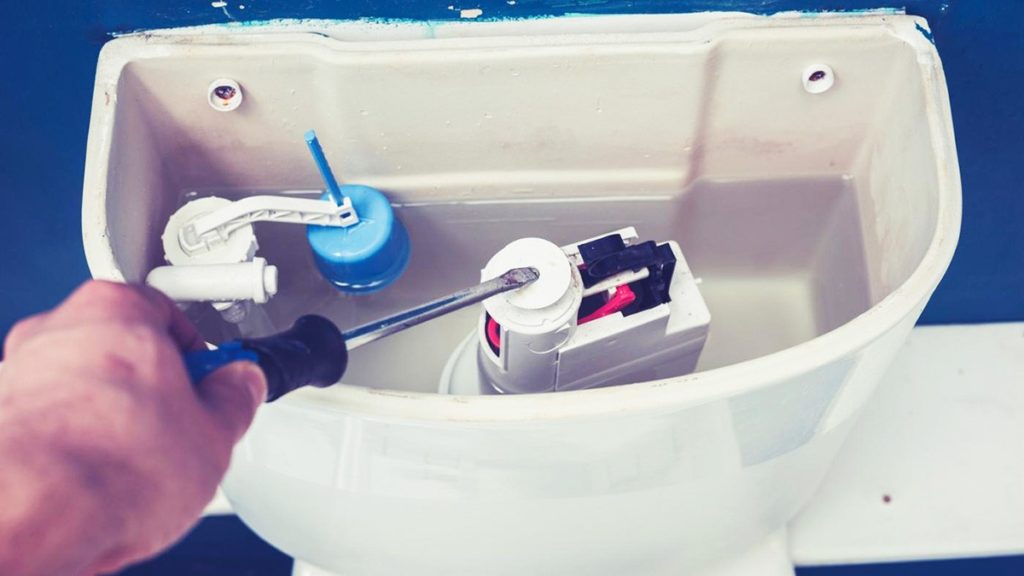
Let's start by checking the position of the buoy. Let's remove the tank cap, drain the water and observe how the component works. If we notice a skew in any direction, we simply move the element to the standard position by hand. We straighten a strong bend by hand.
Attention! The instructions for the equipment indicate how this mechanism should be located, check the instructions.
Next, turn off the supply using the valve on the water pipe and disconnect the flexible line from the tank. Let's pay attention to possible damage (visual inspection) and blockage. To do this, lower the free end of the hose into a container, then turn on the pressure and see if the water pressure at the outlet decreases.
Additionally, we will rinse the coarse filter - it is located inside the liner and can become covered with deposits. We use duckbills to remove the part and clean it under running water. Difficult stains can be softened with a solution of vinegar or citric acid, leaving to soak for several hours. Use a stiff bristle brush to thoroughly remove dirt.
In cases where water continues to barely flow out, you will need to purchase a new pipe.
If no defects were found, you need to inspect the area at the junction of the hose and the drain system for blockages. We use a screwdriver or other metal object and thoroughly clean the opening. To wash away contaminants, turn on a small pressure.
Let's make sure that all elements function freely and that there are no components that are too tight. We correct all omissions.
The inlet valve may become ineffective over time. The only solution here is to replace the part.
Poor water quality often provokes the appearance of sand and other particles - they gradually accumulate inside the parts and over time create a problem when collected in the tank. Installing an additional filter will save you from this trouble.
Fixing the problem will not take much time. You just need to clearly know the device’s design and determine the specific cause of the malfunction.If you have doubts that you will be able to complete the task or in any other difficult situations, contact professionals.

